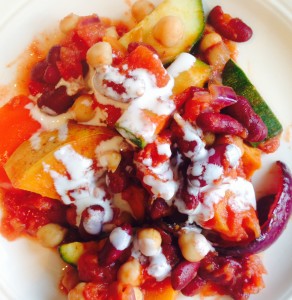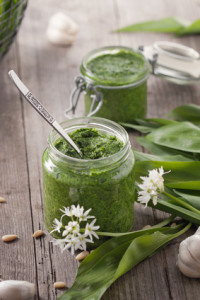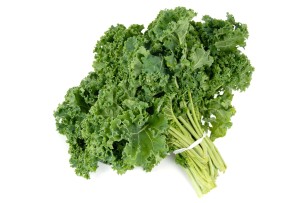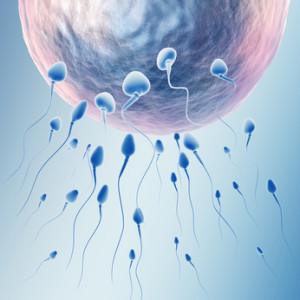Time to celebrate all things veggie and get some inspiration! Do you get at least 5 portions of vegetables per day? Do you regularly eat pulses such as beans and lentils?
Eating 5 portions (or 7-10 if you can manage it!) of vegetables per day reduces your risk for chronic illness and ‘all-cause mortality’, which is death for any reason. Try to get a wide variety of colours in as they all have a different profile of vitamins, minerals and antioxidants. Include leafy green vegetables daily if you can too and try not to always rely on your old favourites. Next time you are standing in the vegetable aisle of your supermarket, have a look around and choose something you haven’t eaten in a while, or ever!
To celebrate vegetarian week I thought I’d share one of my favourite comforting recipes. It’s super easy too and very economical. Lots of fibre in the beans and chickpeas plus plenty of good quality protein will keep you full for longer too. If you have ever had ‘patatas bravas’ in a tapas restaurant, it has a similar flavour to that, except substituting nutritionally poor potatoes for tonnes of veg and pulses, it’s a win-win situation!
‘Veg’ Bravas serves 4
Ingredients
1 large sweet potato or 2 medium
1 butternut squash
1-2 courgette
1 red pepper
1 yellow/ orange pepper
1 red onion
(Any other vegetables as desired)
1 ½ 400g tin chopped tomatoes
1 400g tin kidney beans (or mixed beans, or any beans)
1 400g tin chick peas
Smoked paprika (to taste, but a lot!)
Pinch cayenne pepper or finely chopped fresh red chilli (optional)
2 clove garlic finely chopped or minced
½ tsp cinnamon
½ tsp dried oregano
Coconut oil
Salt and pepper to taste
For the aioli– mix mayonnaise with juice of ½ lemon and 1 clove of finely chopped garlic, add water until thinned out.
Method
- Preheat oven to 180oC
- Chop vegetables into chunks for baking. Keep ¼ red onion for the sauce.
- Sprinkle generously with smoked paprika and coat in a small amount of melted coconut oil.
- Bake until soft, approximately 30-40 mins at 180oC depending on the size of the veg, tossing half way through
- For the sauce, finely dice ¼ red onion and sauté with 1 clove of garlic and fresh red chilli (if using) in a small amount of coconut oil on a low heat for 5 mins
- Add 1 heaped tsp smoked paprika, ½ tsp cinnamon and ½ tsp oregano, also cayenne pepper if using, and cook for a further 2 mins
- Add 1 and ½ tins chopped tomatoes and bring to the boil. Allow the sauce to simmer gently until the vegetables are almost cooked. Add salt and pepper to taste.
- drain beans and chickpeas and rinse well. Add to sauce to heat through.
- Remove vegetables from the oven, stir through the beans and sauce.
- Serve with a drizzle of aioli
Enjoy and please share!





